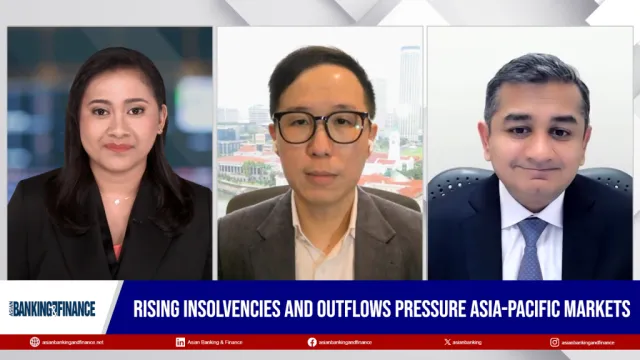
Taiwanese banks clamp down on Chinese exposure in hunt for fatter margins
Mainland credit exposure has dropped since Q3 2018 and is likely to remain flat in 2019.
With Taiwan standing smack in the middle of the protracted US-China trade dispute, banks are increasingly turning to greener pastures abroad and limiting their exposure to China in a bid to boost sluggish bottomlines, according to a report from S&P.
“Banks will most likely focus their overseas expansion in ASEAN and South East Asian economies, and with a more cautious approach to their China credit exposure,” Eunice Fan, credit analyst at S&P, said in a report.
Also read: Bank of Taiwan unveils representative office in Manila
Taiwanese lenders’ exposure levels to the Mainland have been on a gradual uptrend since 2010 with China holding the status as the country’s second largest debtor as of June 2018. However, the weakening yuan has reduced the level of exposure and boosted expectations it could fall further.
“Banks' China exposure has declined since the third quarter of 2018 after posting marginal growth in the first half of the year. We expect this conservative sentiment to remain unchanged throughout 2019,” added Fan.
Also read: Hong Kong banks face heightened risks from close Chinese ties
Nevertheless, the heightened economic uncertainty brought about by the trade tensions poses downside risks to the heavily export-dependent economy which has over 2% of GDP affected by US tariffs on Chinese goods via supply chains, data from Schroders show.
The prolonged trade tensions could easily weigh on the debt servicing capacity of corporate borrowers which could damage banks’ asset quality and push up credit costs. S&P notes that delinquencies have risen in overseas loans particularly in China and Southeast Asia as well as across cyclical sectors like panel producers, property developers and tourism-related industries like hotels and services. The non-performing loan ratio for the residential mortgage segment has also seen aa modest rise of 3-5bp.
“Corporates with low debt leverage and good cash flow generation are likely to retain their credit profiles relatively unchanged. However, small and mid-size enterprises and corporates in cyclical industries are relatively more sensitive to macroeconomic changes,” Fan noted.
Loan growth is also tipped to soften and settle between the 3-4% range in 2019 from the 4.5%-5% estimate in 2018 as borrowing demand from export-oriented manufacturers weakens.
“We expect banks' profitability to remain moderate in 2019. Keen competition, low interest rates, and limited growth momentum for non-interest income have constrained operating income in Taiwan's banking sector for several years,” said Fan, adding that the sector’s return on average assets is projected to hit 0.6%-0.7% in 2019 - a level slightly lower than the 2018 estimate but similar to 2016-2017 levels.
However, banks still have adequate-to-strong capitalisation with tier I and common equity tier I capital ratios of 11.6% and 11% respectively as of September 2018. Fan notes that the solid capitalisation levels constitutes a major credit strength for banks that could help them defend against economic and market volatility.


















 Advertise
Advertise










